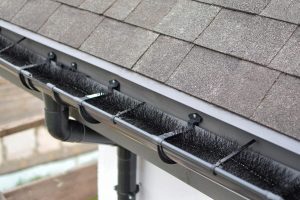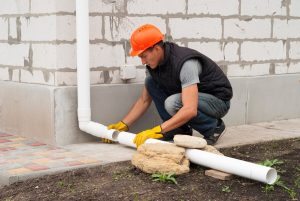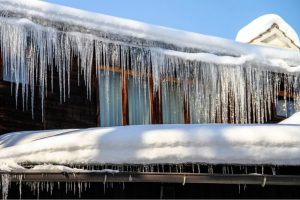Preparing Your Roof for Winter
Oct 26, 2023
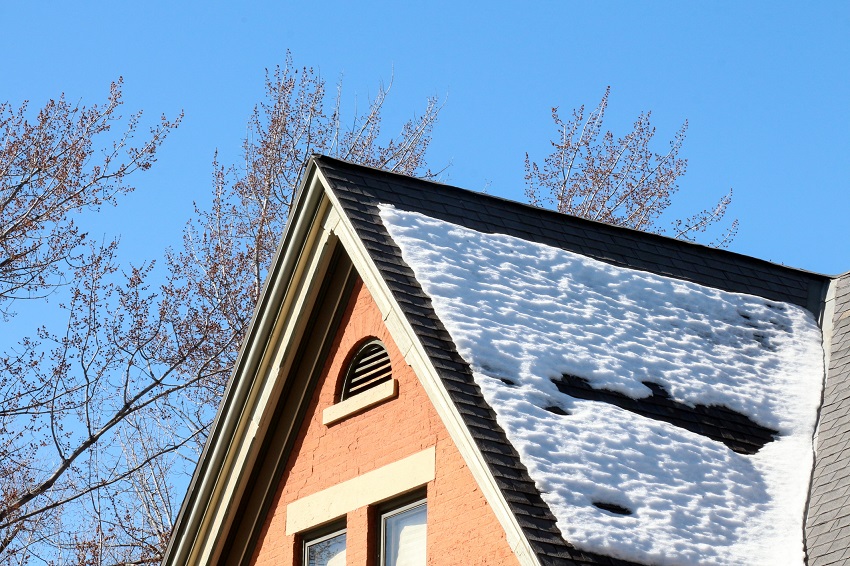
Before you know it, winter will be upon us – again. With the tang of the first snowfall already in the air, it’s likely time to see if your roof is in tiptop shape. Taking a little bit of time to inspect your roof now will certainly pay dividends in the frigid months to come. Thankfully, completing your own roof inspection is easy, provided you haven’t any problems with getting your ladder out. If you do, hiring a qualified roofing inspector to assess the condition of your roof for you is money very well spent.
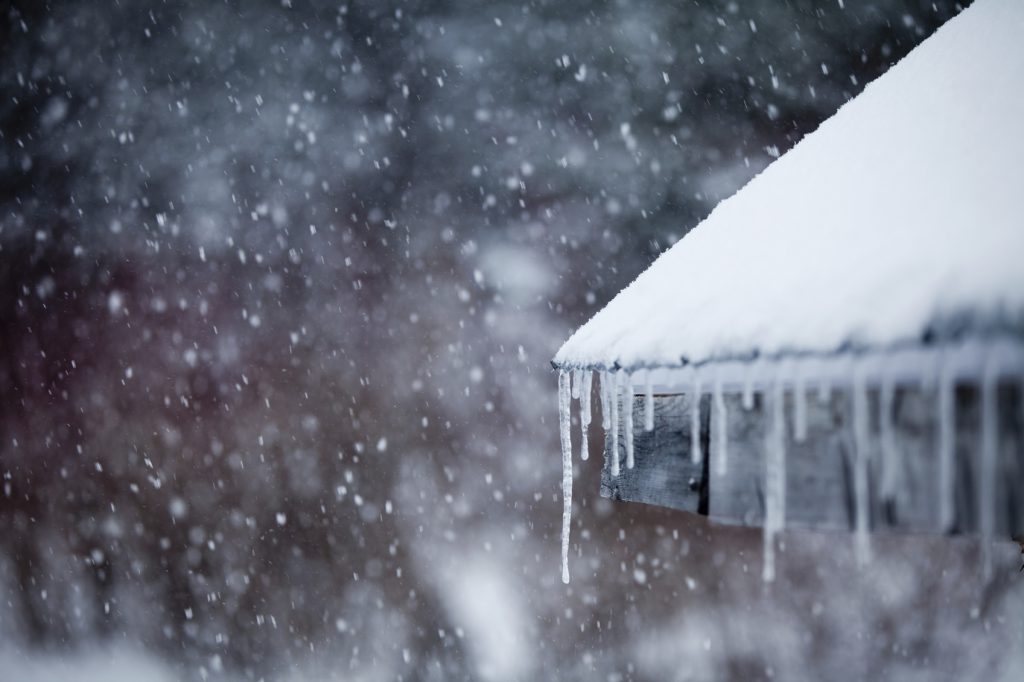
1. Take a walk on your roof
If you feel comfortable doing so, preparing your roof for the winter starts with a close visual inspection. Walking your roof allows you to spot any missing, damaged, or cupping shingles (shingles with curved edges). It also gives you the opportunity to clear off any broken tree limbs or identify any potential clogs in your gutters.
2. Clear your gutters (more than once if necessary)
For many homeowners, clearing gutters is an unpleasant task that generally only gets done once a year (if at all). Clogged gutters can cause huge problems when it comes to diverting snowmelt. Before the season’s first snow arrives, make sure that you remove all the leaves, twigs, and other debris that has accumulated to avoid any potential clogs. If you’ve got a number of large, mature trees on your lot, you may have to do this several times throughout the autumn months.
3. Take your inspection indoors
Believe it or not, you can tell a lot about the condition of your roof by inspecting your attic. Water stains of course are an indication that there may be a leak in need of repair and should be addressed without delay. Water stains can also mean that your attic isn’t properly insulated, meaning that your heating costs will be needlessly high this winter.
4. Replace damaged or missing tiles
Damaged or missing tiles might not seem like a big problem while the weather is still dry, particularly if the problem is contained to just a few small areas. Failing to correct the issue before the winter arrives could result in a much larger and more costly job come the spring. As water freezes, it expands. During the winter, snow on your roof will be constantly melting on sunny days. When the melted snow refreezes, it’ll widen the cracks in and around the shingles, allowing more water to permeate this barrier on the next melt.
5. Consider a snow guard
If you live in an area that sees a copious amount of snowfall, installing a snow guard can not only protect your family from falling snow, it can also prevent dislodging tiles. The snow on your roof can weigh hundreds of pounds; as the snow melts, it can shift and without warning slide off, taking with it any number shingles. Snow guards essentially keep the snow in place until it melts, eliminating the chances that you’ll lose shingles during a thaw.
6. Check your gutter for shingle granules
While you’ve got the ladder out, check your gutters for shingle granules. As your asphalt shingles age, they’ll start to weaken and dry out and lose these granules. If there seems to a substantial amount of granules lining your gutter it may be an indication that your shingles need replacing before the winter.
7. Make sure your downspouts are properly positioned
Having clear gutters will protect your home, but if your downspout is not positioned correctly all the diverted water from your roof could damage your foundation. Always direct your downspout away from your house to avoid any unexpected cracks or flooding.
Remember, winter preparedness isn’t just about making sure your roof is in good shape. It’s important to make sure the rest of your home is just as ready to deal with the impending inclement weather. Additional areas of your home that you’ll want to inspect include:
- Windows – make sure your windows are properly sealed to avoid drafts and heat loss
- Siding – examine your siding for any cracks or openings that will allow water to enter. Moisture or melting snow that finds its way into the space between your house and siding could lead to rot and mould
- Insulation – if you’re is unreasonably cold in the winter your home may not be insulated with the right insulation for where you live
If you have any roofing questions you’d like to ask us please don’t hesitate to call us at (905) 387-3000 or contact us using the contact form on our website. We’d love to hear from you!
